A History of Student Life at the University of Virginia.
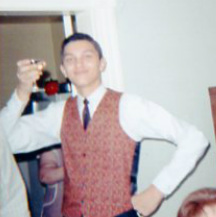
The cover of Barefoot’s book shows a group of post-WWII UVA students at the bar of the old Virginian, a very narrow diner that still exists on the Corner. To the right, when I frequented the “V,” was a row of well-worn wooden booths, set flush against the wall. To the left, behind the bar, was a wall-sized mural of dogs shooting pool by Cassius Coolidge, unless my memory fails me. But that is the problem with memory. It is also possible that someone else did the dog mural, or that the dogs were playing poker or just drinking beer like the people in at the bar. Each booth had its own juke box arrangement, with tabs listing the available tunes. An art deco light fixture hung above each juke box. Anyway, the “V” is still there, but the dog mural at some point must have been deemed too déclassé, and is sadly gone.
The Corner: A History of Student Life at the University of Virginia touches on more than just student life. At every step the book's account of student life morphs into an account of passages in University history. And University history turns into Corner history, which may be architectural, or be a kind of business history, before reverting back to student life or just life in Charlottesville.
Charlottesville, the University of Virginia, the Corner, and the students, faculty and Charlottesvillians are so entwined in so many ways that a history of any of them is inevitably a history of all of them. This is what it means to be a Downtown.
As memories pile up over the years, chronology becomes harder. Restaurants and bars, tobacconists and drugs stores, clothing stores, banks and shops of all kinds have flitted in and out of the buildings on the Corner in a steady procession, though a few businesses have stuck tight the whole time. The Corner doesn’t inspire vacancy. Collapse of a business occurs from time to time, but anyone who wants to try just about any kind of enterprise could hardly pick a more bustling location. When the new enterprise goes under, there’ll be somebody ready to take its place. Businesses vanish or their purposes change but somehow it doesn’t really matter.
I well remember as a high student buying a copy of Thus Spake Zarathustra in the basement bookstore on the Corner under Lloyd’s Drug Store, the way I remember buying tins of smoky, honey-scented latakia and rich, musky Turkish cigarettes when Mincer’s was still a tobacconist, but I have trouble recollecting an “earliest memory” of the Corner.
My first solid memories of the University probably begin when I was in grade school, with football weekends.
End-zone bleacher seats cost 50 cents and any kid who could crawl could sneak in for free, so the neighborhood kids nearly always went. We took footballs with us, because we generally got bored watching the game and wound up playing football ourselves on the stadium grass behind the bleachers. But we loved seeing the Cavalier ride in on his charger, waving his sword. They still do that, many Cavaliers later. The great Cavalier exodus to Virginia may be a myth, and there may be reason to believe the great exodus was post-Restoration and
composed more of Roundheads, but it would not be the same if the mascot was a Virginia Parliamentarian Ironsides wearing a lobster-tail helmet. That would not be romantic at all.
Of course the many curious old buildings around the University would interest any kid. What we now call the Central Grounds was a bit more beat up and a lot less crowded than today. By the age of 10 or 11, I had already perfected the habit of wandering around the Grounds repeatedly, and I was especially fascinated with Poe Alley and Edgar Allen Poe’s old room with its stuffed raven. It all seemed terribly real. I avidly read and re-read Poe’s many stories and poems. Somehow the stories and poems also seemed terribly real.
The Corner has changed in one way. Historically it was always a hotbed of books. One did not have to walk far to
come face-to-face with a wall of books for sale at student prices. Originally I came for the books. Later I came for the beer. In between, I came for billiards.
Early in my high school career, some pals and I discovered the old University Billiard Parlor. From then until I got married, my chums and I haunted the place. I don’t think we were the only ones haunting it. History haunted it. The University Billiard Parlor held itself out as “the largest pool room in the South.” In ancient times it had been on the professional circuit. The massive fin-de-siècle mahogany tables, the oak wainscoting, the green baize, the racks of ancient cues, the dead weight of real ivory, the dim light and the ingrained smell of cigars, all bore testimony that anything one could imagine might be true. This was not a hobby room for Wahoos. It was a temple. Somehow we knew that. You were only welcome if you cared. Mr. Van Lear and Lightnin’ are vivid in
memory to this day, although I can barely recall any of my teachers from those years.
During the work week, I generally walk to and from my car down the alley where the University Billiard Parlor used to be. Several times a week for quite a few years, much of my life as it happens, I’ve walked past the boarded up door and the remodeled windows that used to let a little sunlight into the smoky pool hall.
The Corner defies the rule that old downtowns tend to go senescent and become derelict. The Corner’s never even slowed down. At least in my lifetime, and the lifetime of my parents, the Corner really hasn’t changed much in any of the ways that matter. It’s the same kind of place, with the same landmarks, and students, faculty, townspeople, and visitors still frequent the shops and eating places, rubbing shoulders with the ghosts.
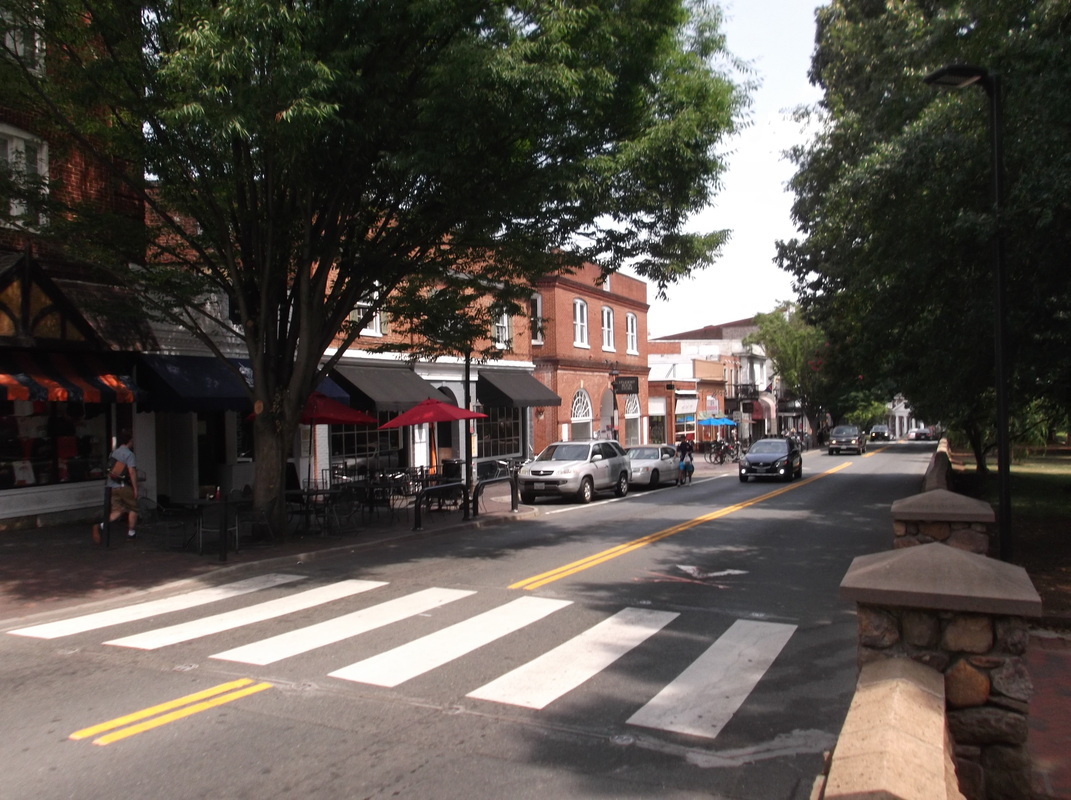

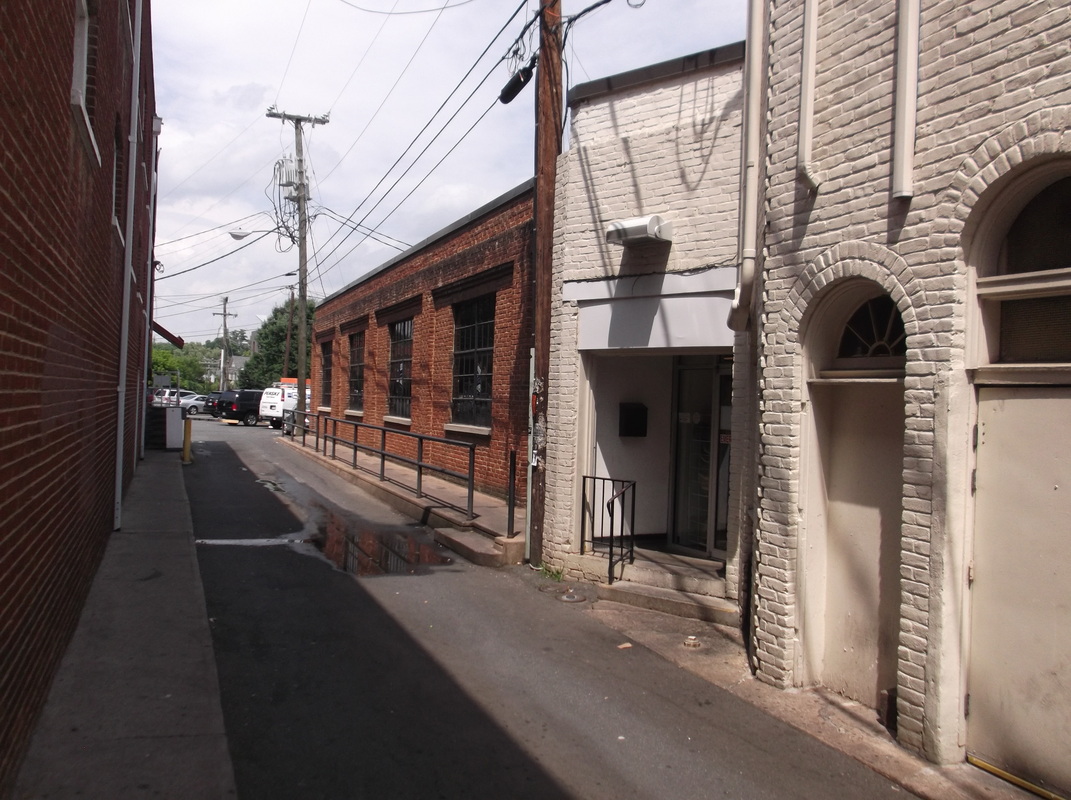
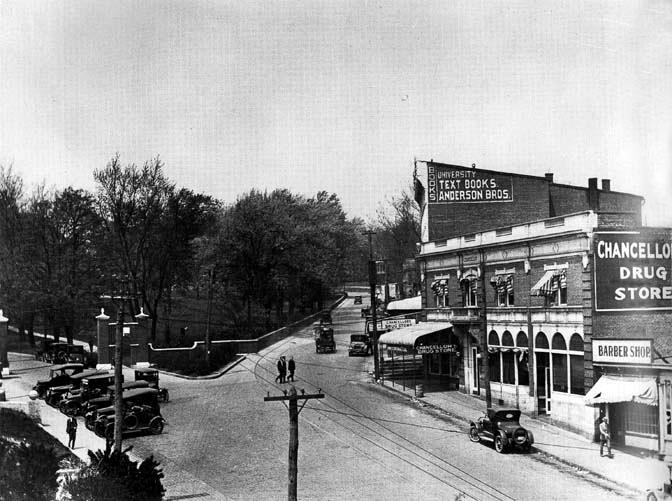
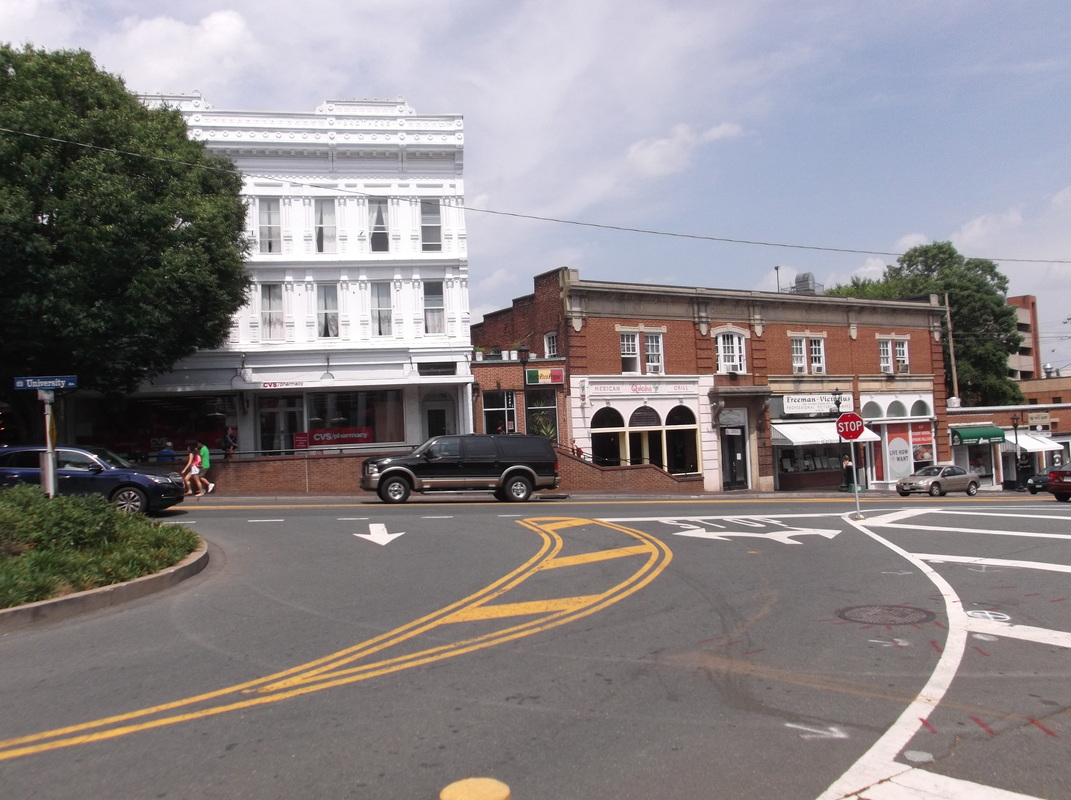
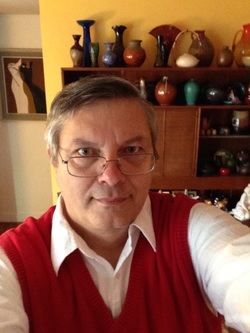
 RSS Feed
RSS Feed